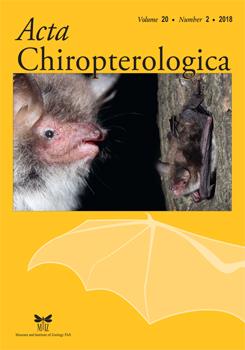Lactation is one of the most energetically demanding periods in the life cycle of a small mammal. Classified as income breeders, hibernating small colonial insectivorous bats are hypothesised to compensate for the energetic demand of lactation by increasing daily food intake, which increases body mass. The Natal long-fingered bat Miniopterus natalensis is a colonial hibernating species in southern Africa for which energy compensation was hitherto unknown. We tested predictions of the energy compensation hypothesis using a wild population of M. natalensis during the parturition and maternity period of November–December in 2015–2017. The study was conducted at the Meletse Bat Research and Conservation Training Centre near Gatkop Cave, in Limpopo Province, South Africa. We weighed and categorised 2,707 M. natalensis females captured during evenings and mornings into one of four groups including not pregnant with a sclerotized nipple (NP-SC), not pregnant with a non-sclerotized nipple (NP-NSC), lactating with a sclerotized nipple (L-SC), and pregnant with a sclerotized nipple (P-SC). NP-NSC and NP-SC females were classified as non-reproductive, whilst L-SC and P-SC females were classified as active breeders. Results showed that females in the L-SC category were 6% heavier than females in non-reproductive categories (NP-NSC and NP-SC). Pregnant females were 25% heavier than non-reproductive females due, at least in part, to foetus mass, whilst the mean body mass did not differ between females in non-reproductive categories. Whilst the body mass of females in the NP-NSC, NP-SC and L-SC categories did not differ during evening captures, L-SC females showed the biggest mass increase between evening and morning captures. Proportions of females captured from reproductive categories differed among years, with a higher overall proportion of active breeders (70%) in 2017 than either 2016 (33%) or 2015 (31%). This may be related to inter-annual variation in climate and warrants further investigation. Our results suggest female M. natalensis were heavier, on average, during lactation and support the energy compensation hypothesis.
How to translate text using browser tools
14 February 2019
Increased Body Mass Supports Energy Compensation Hypothesis in the Breeding Female Natal Long-Fingered Bat Miniopterus Natalensis
Mariëtte Pretorius,
Teresa Kearney,
Mark Keith,
Wanda Markotter,
Ernest Seamark,
Hugh Broders
ACCESS THE FULL ARTICLE

Acta Chiropterologica
Vol. 20 • No. 2
December 2018
Vol. 20 • No. 2
December 2018
bats
body mass
energy compensation
lactation
Miniopterus
reproduction




